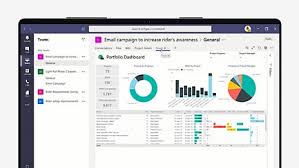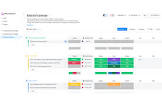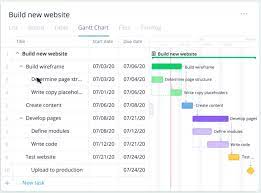Unlocking Efficiency: The Power of Case Management Software in Streamlining Operations
Exploring the Benefits of Case Management Software
Case management software is a powerful tool that helps organisations and professionals streamline their workflow, improve efficiency, and enhance collaboration. Whether you work in legal services, healthcare, social work, or any other field that requires managing cases and clients, implementing case management software can revolutionise the way you operate.
Key Features of Case Management Software:
- Centralised Data Storage: Store all case-related information in one secure location for easy access and organisation.
- Task Automation: Automate repetitive tasks such as scheduling appointments, sending reminders, and generating reports to save time and reduce human error.
- Collaboration Tools: Facilitate communication and collaboration among team members by providing a platform to share notes, updates, and documents.
- Customisable Workflows: Tailor the software to fit your specific needs and processes for greater flexibility and efficiency.
- Data Security: Ensure sensitive client information is protected with robust security measures and access controls.
The Benefits of Using Case Management Software:
Implementing case management software offers numerous benefits to organisations and professionals alike:
- Improved Efficiency: Streamline processes, reduce manual tasks, and increase productivity by automating routine operations.
- Better Organisation: Keep track of cases, deadlines, appointments, and communications in a structured manner for easy reference.
- Enhanced Collaboration: Foster teamwork and communication among staff members by providing a centralised platform for sharing information.
- Data Accuracy: Minimise errors and discrepancies by maintaining accurate records and automating data entry processes.
- Cost Savings: Save time and resources by optimising workflows, reducing paper usage, and improving overall efficiency.
In Conclusion
Case management software is a valuable asset for any organisation or professional looking to streamline their operations, improve productivity, and deliver better outcomes for their clients. By leveraging the features and benefits of this technology, you can transform the way you manage cases, collaborate with colleagues, and serve your clients effectively.
Understanding Case Management Software: Key Features, Benefits, Security, and Customisation
- What is case management software and how does it work?
- What are the key features of case management software?
- How can case management software benefit my organisation or practice?
- Is case management software secure for storing sensitive client information?
- Can case management software be customised to fit specific workflows and processes?
What is case management software and how does it work?
Case management software is a specialised tool designed to help organisations and professionals efficiently manage cases, clients, and workflows. It serves as a centralised platform for storing case-related information, automating tasks, facilitating collaboration among team members, and customising workflows to fit specific needs. The software works by allowing users to input and track essential data such as case details, client information, deadlines, appointments, and communications in a structured manner. By streamlining processes, improving organisation, enhancing communication, and ensuring data accuracy, case management software empowers users to work more effectively and deliver better outcomes for their clients.
What are the key features of case management software?
When exploring case management software, it is essential to understand its key features that can significantly enhance organisational efficiency and effectiveness. These features typically include centralised data storage for easy access and organisation, task automation to streamline repetitive processes, collaboration tools to facilitate communication among team members, customisable workflows tailored to specific needs, and robust data security measures to safeguard sensitive client information. By utilising these key features, organisations can optimise their workflow, improve productivity, and ensure seamless management of cases and clients.
How can case management software benefit my organisation or practice?
Implementing case management software can bring a multitude of benefits to your organisation or practice. By centralising data storage, automating tasks, facilitating collaboration, customising workflows, and ensuring data security, the software enhances efficiency, organisation, teamwork, accuracy, and cost-effectiveness. With improved efficiency in processes, better organisation of information, enhanced collaboration among team members, increased data accuracy, and potential cost savings through streamlined workflows, case management software can revolutionise the way you operate and deliver services to your clients.
Is case management software secure for storing sensitive client information?
Ensuring the security of sensitive client information is a top priority for any organisation utilising case management software. The reputable providers of case management software implement robust security measures to safeguard confidential data, such as encryption protocols, access controls, and regular security updates. By adhering to industry standards and best practices, case management software offers a secure environment for storing and managing sensitive client information, giving users peace of mind that their data is protected from unauthorised access or breaches. It is essential for organisations to choose a trusted and reliable case management software provider to maintain the confidentiality and integrity of their clients’ data.
Can case management software be customised to fit specific workflows and processes?
Case management software offers the flexibility to be customised to fit specific workflows and processes, making it a versatile solution for various industries and professionals. By tailoring the software to meet the unique needs of an organisation or individual, users can optimise their workflow, enhance efficiency, and ensure that the software aligns seamlessly with their existing processes. Customisation options typically include configuring fields, creating custom templates, setting up automated workflows, and integrating with other tools or systems. This adaptability allows users to maximise the benefits of case management software by creating a tailored solution that best suits their requirements.







